A world-first citizen science project has revealed the beaches with the highest levels of plastics in Australia, after nearly 800 trained volunteers collected at least three million plastic fragments from over 300 beaches in the longitudinal research project.
“This is the most substantial data we have on the scope and impact of microplastics in Australia’s waterways,” leading expert in litter and microplastics and research director of Australian Microplastic Assessment Project (AUSMAP) Scott Wilson said.
Around Sydney, Manly Cove and Cook Park along Ramsgate Beach had the highest levels of microplastics, with 4,051 and 1,039 fragments per square meter respectively. Bondi Beach had under 100, whereas Dee Why, Tamarama, and Bronte Beach all fared much better with around 5 microplastics per square meter.
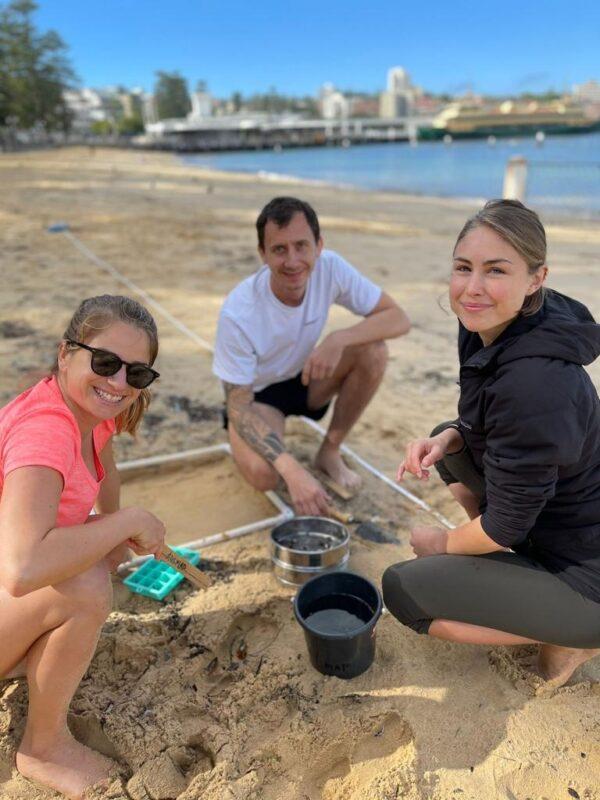
Wilson, who is also a Senior Research Fellow in the Department of Earth and Environmental Sciences, said that Australia’s massive coastline makes us particularly vulnerable to microplastics.
“While we know that we have a big problem with plastic pollution entering ocean currents everywhere, one of the major findings we have uncovered through this project is that most of the microplastics on a shoreline will be from that local catchment,” Wilson said.
Plastic pollution is a growing environmental issue, with microplastics—tiny plastic particles of less than five millimetres (0.2 inches) in diameter—being the biggest hazard as their small size means that they are often consumed by marine animals, and entered into the food chain.
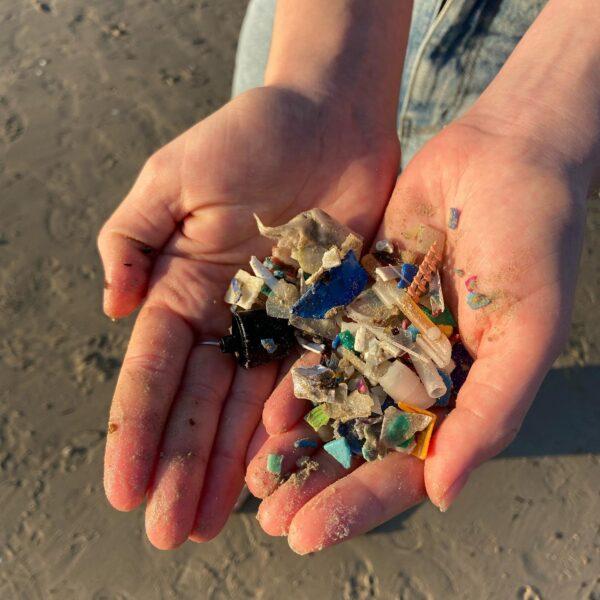
Gaboury Benoit, an environmental chemist at Yale University and lead author of the report, told The Epoch Times that ethical concerns have limited the scope of plastics and microplastics research involving people: “It’s very difficult to do direct analysis of human health impacts, and so we have to rely on either animal models or cell cultures.”
Benoit thinks that what we know so far is enough to spur action.
“It may be true that we don’t yet know all the consequences of that. The question is, do people want to take that chance? I think the answer is, probably not,” Benoit said.
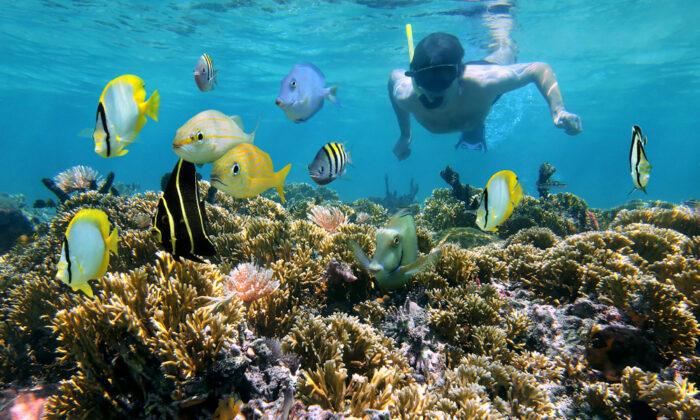


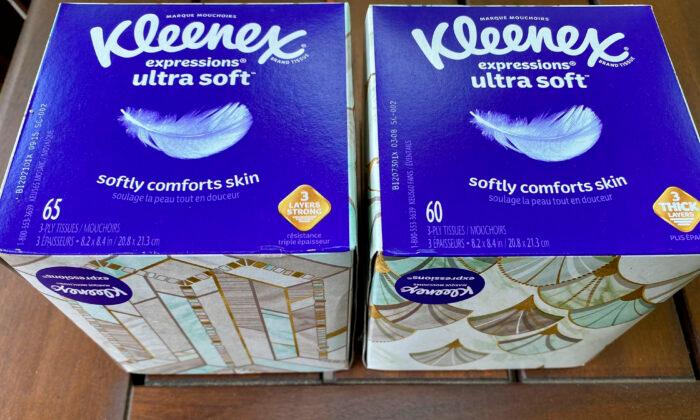
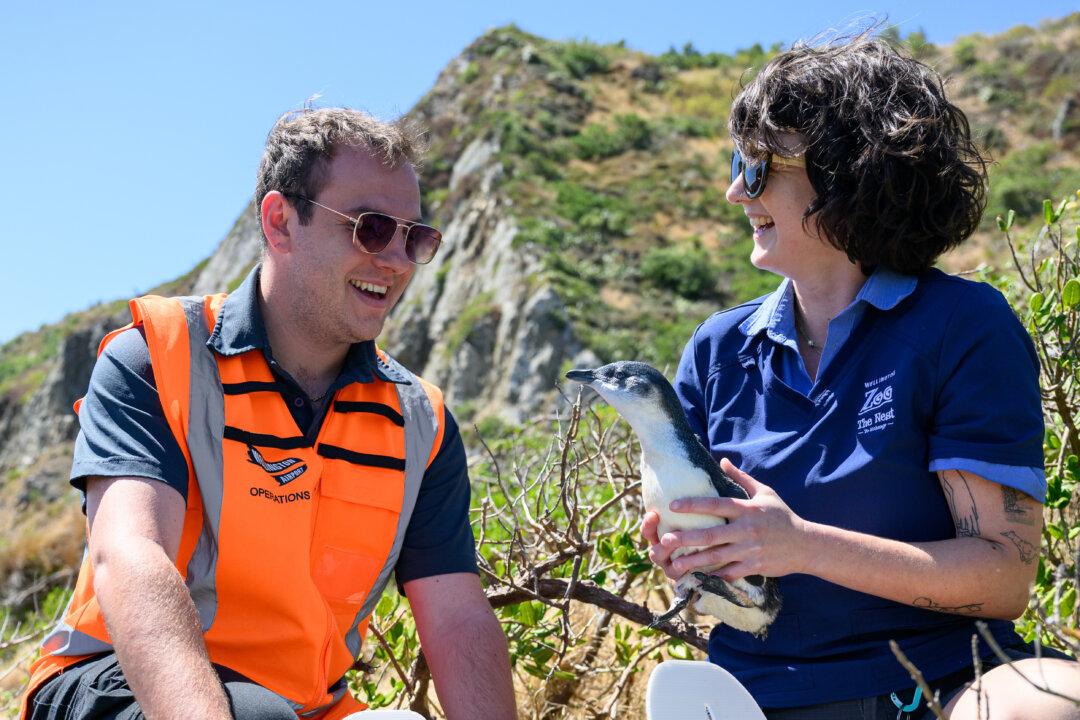
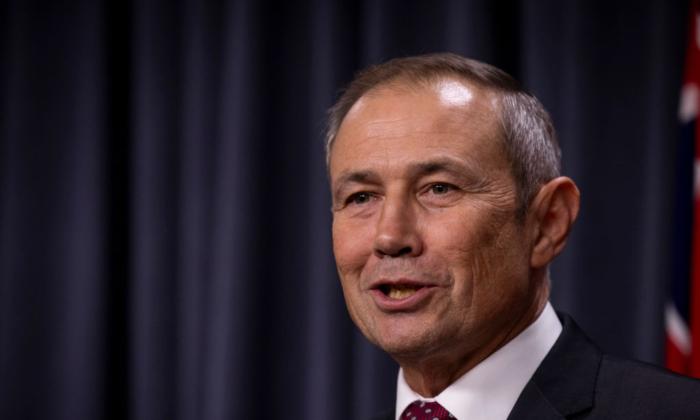
Friends Read Free